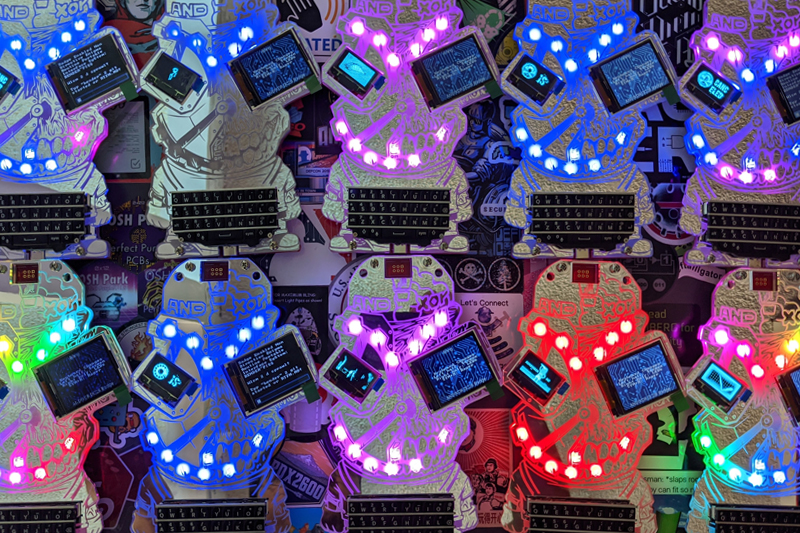
Over and over again, Steele returned to the street, meticulously photographing the same storefronts, capturing a time-series that eventually spanned 16 years, from 2001-2017. Steele had started documenting the street in 2001, but that fire turned a hobby into a project. After a 2008 fire wiped out an entire block of Queen West – including Duke's Cycle, a city institution that eventually shuttered after more than a century of service – Steele began his documentation project. Steele, it turns out, was having similar feelings of dismay as the organic, grown, chaotic delight became groomed, sterile and homogenized. I watched it thrive and grow – and then collapse into a kind of self-parody, as the original landlords (like Bakka's landlord) died, and their failsons and faildaughters kicked out longstanding tenants and replaced them with multinational "brands" that turned Queen West into a less-convenient, open-air version of the sterile Eaton Centre mall. There was Silver Snail, a massive comics shop, but a bounty of used bookstores, vintage clothing stores, thrift shops, the indescribably great electronics store Active Surplus and, later, nightclubs like the Rivoli, the Diamond, the Bovine Sex Club and the Zoo Bar.įor a critical decade of my life and more, the stretch of Queen Street that Steele obsessively documented in his Flickr feed had been the center of my life. I haunted Bakka, and, on the way, found myself drawn into the other stores around it: I discovered Queen West as a pre-teen, thanks to Bakka Books – now Bakka Phoenix – the oldest science fiction bookstore in the world. It was once one of Toronto's most bohemian neighborhoods, where my paternal grandfather's fellow refugee Benny Yack has his schmata shop and where my maternal grandfather took my mother and her siblings to trade in their comics for credit at cramped, crammed used bookstores. By the end of the year, there were a couple dozen of them: They were painstakingly labeled and dated, and they multiplied. Kevin and I follow each other on Flickr – the once great and great again photo-sharing site that survived decades of abuse from Yahoo and Verizon before being taken indie and rescued by the Smugmug folks.īack in November 2010, Kevin started posting photos of individual storefronts on Queen Street West to Flickr.

I haven't seen Steele in person in decades, but I follow his work – not as a multimedia artist, but as an urban photographer. Mackerel didn't survive the first great multimedia mass extinction, but it launched the careers of a whole generation of talented web-writers and builders, and not just its former employees, but also the millions who were touched by its work. Not for nothing, Hypercard presaged the web's critical "view source" affordance, which allowed people to copy, modify, customize and improve on the things that they found delightful or useful this affordance was later adapted by other human-centered projects like Scratch, and is a powerful tonic against enshittification. Steele and Mackerel made things that were beautiful and human-centered, human-scaled and human-adaptable. Steele's pioneering work – in Hypercard, then CDROMs, then Flash – helped define the look-and-feel of the old, good internet an urbanist feel that owed a debt to Toronto's most beloved adopted urbanist, Jane Jacobs. I first ran into him through Mackerel Multimedia, the pioneering Canadian multimedia shop that he co-founded in the early 1990s – one of those art-school kids who discovered the Mac, fell in love with the radical possibilities of digital art, and changed the world: Steele himself is as extraordinary as his book.


Portraits of Queen West is Kevin Steele's extraordinary photo-book, a work of "sequential art" featuring time- and space-series of a single – rather glorious – stretch of Toronto's Queen Street West: Colophon: Recent publications, upcoming/recent appearances, current writing projects, current reading.Hey look at this: Delights to delectate.Portraits of Queen West: Kevin Steele's "sequential art" book of the glory days of Queen Street West.


 0 kommentar(er)
0 kommentar(er)
